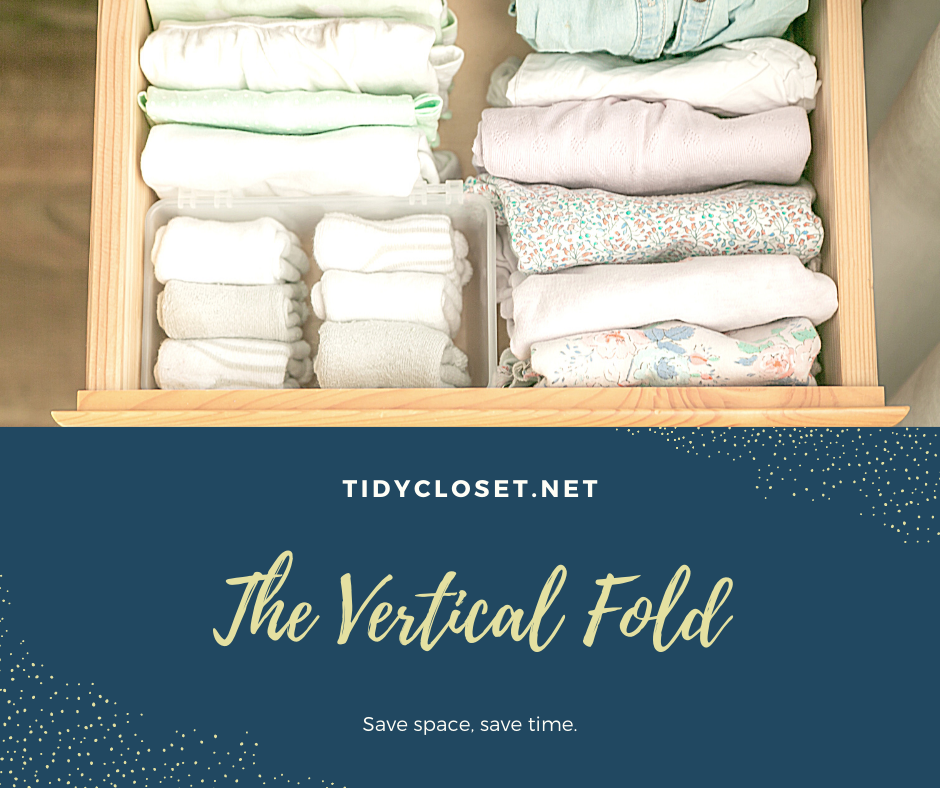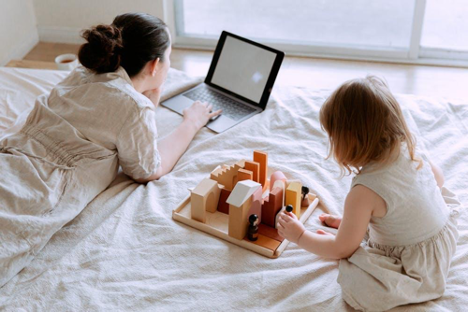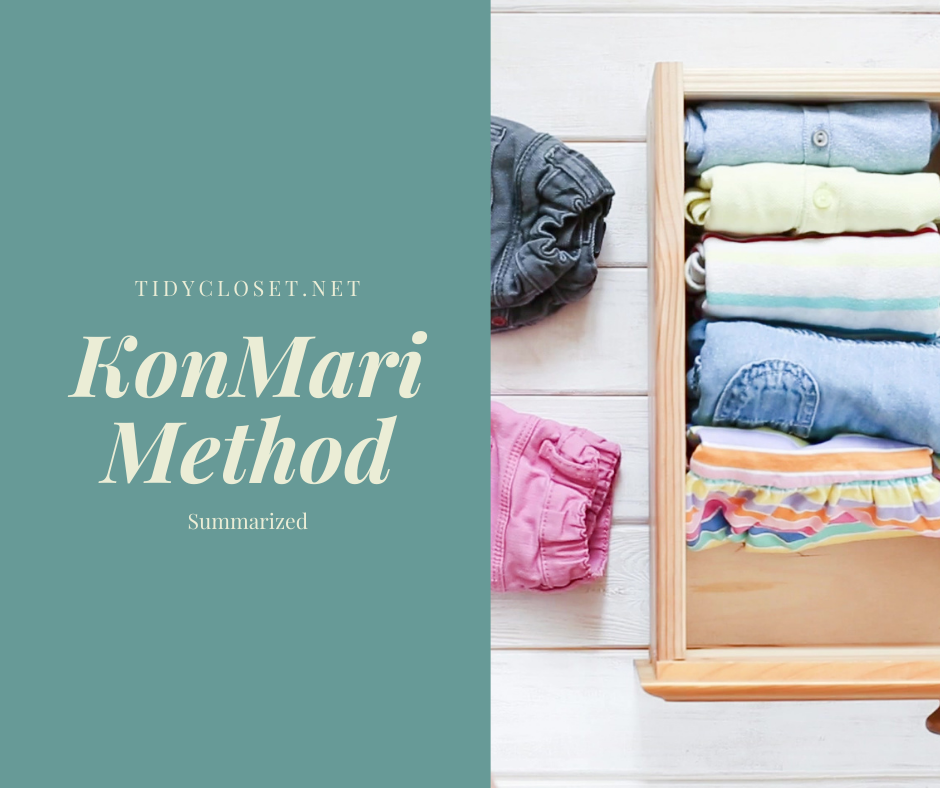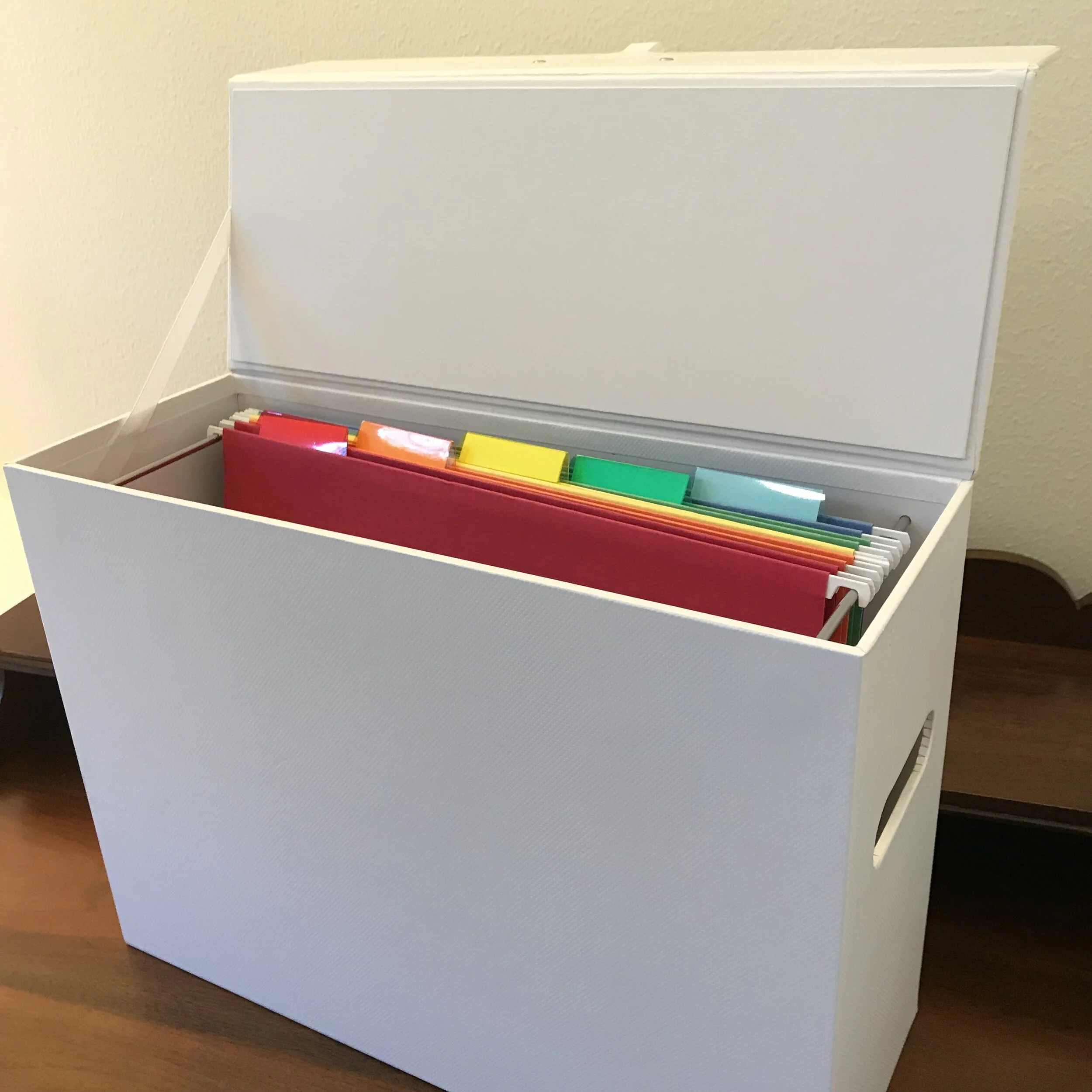21 ways to have a clutter-free home in 2021
/Everyone’s looking forward to moving on from 2020 into a new year with new possibilities. While there is much out there you can’t control, what’s going on in your home is something that you can control. In fact, coming home (or staying home) to a clutter-free home is something that can really make your day-to-day happiness increase and your long term goals for 2021 more possible. Why is that? Well, for one we know research shows that clutter causes stress. Another study has shown that clutter decreases productivity. Having a clutter-free home can also help you sleep better and boost your self-esteem. All of that together could mean a happier, goal-getting version of you in 2021. Read on for 21 ways you can get your home clutter-free.
1. Surround yourself with joy. The basic tenant of Marie Kondo’s philosophy is simply to surround yourself with things that spark joy. The equal and opposite requirement to make that happen is to discard things that do not spark joy. So, to get clutter free, go through everything in your home and discard anything that doesn’t spark joy. Then, voila, you’re surrounded with joy.
Related: The KonMari Method Summarized in 3 Parts
2. Keep a donation box/bag ready. In order to make #1 a reality, you’ll need to designate a place to put your discarded items. Of course items that can’t be donated can go straight into the trash. Those that you can donate can be set aside in a specific place to donate. Make sure everyone in the home knows about that place!
3. Designate a favorite donation station. Now that you’re discarding and you’ve got a place to put the donations in your home, it’s time to figure out exactly how to donate it. Research the local area to find a donation station that matches your values and is hopefully convenient to your commute. Next, check the hours for when you can donate and then keep that information handily stored in your brain.
4. Define clutter. Knowledge is power! Therefore, really understanding what clutter is can help you keep a clutter-free home. Clutter is simply stuff that hasn’t been put away. As you look around your home, all the things that aren’t put away is most likely what’s causing your biggest problems.
5. Solve your problems. Speaking of problems, you need to become your own problem solver. Take a tour of your home and see where clutter really is a problem for you and your family. What are the biggest culprits. Then, aim to solve specifically for that problem. Is it the in and out of the door that’s a problem? Is there a shoe rack or bin system that could help? Is the problem the overstuffed junk drawer? Is there a toolbox that could solve this problem? Then again, it may be as simple as an overstuffed closet. There are several ways to solve that problem on this list.
6. Give everything a home. The one way you can solve all of your clutter problems is to give everything a home. If everything has a home, then everything can be put away. If everything is put away, you no longer have a clutter problem! Be mindful about giving everything a home that is conducive to its use and is really easy to put away that way your family will actually put it away.
7. Put stuff away. Yes, putting things away is the not-so-secret way to have a clutter-free home. Unfortunately, that’s also very often our biggest problem. However, by now you’ve discarded everything that doesn’t spark joy and then given everything a home. You’re also crystal clear on what clutter is so it stands out to you immediately when you see it. That’ll make the habit of putting things away all the more easy to execute. We often procrastinate putting things away but it’s really a 15 second habit that can definitely change the look and feel of our home in a big way.
8. Deal with the mailbox immediately. The mail is one of the biggest culprits of stuff that often doesn’t get put away. Commit to dealing with the mail immediately when you get it. Junk mail can get shredded and tossed immediately, that only takes one minute! If you get a bill, pay it immediately. If you get an appointment reminder, note it in your calendar and toss it. Dealing with physical mail immediately only takes two minutes and it will help you stay clutter-free.
“The one way you can solve all of your clutter problems is to give everything a home. If everything has a home, then everything can be put away. If everything is put away, you no longer have a clutter problem! Be mindful about giving everything a home that is conducive to its use and is really easy to put away that way your family will actually put it away.”
9. Reduce paper. Now that the mail is under control, you can look to the other papers in your home that are causing clutter. One step is to simply gather all papers in one area. Many times they are spread throughout the home in different drawers, cabinets and bins. Bringing them all together can help reduce clutter all by itself. Then, really get smart about what needs to stay. Many things can be found or stored online. Many things represent delayed decisions you can make immediately. Finally, there are very few things that you need to keep forever. That’s a folder you can keep. Then there are very few things that you need to keep short term. That’s a folder you can keep. Keep working at your papers until these folders are slim and trim.
10. Be really picky with what you bring in your home. Once you’ve done the work to get your home clutter-free, you’re going to enjoy it so much that you’ll start being more picky about what you bring home. You’ll know that whatever you bring home needs to have a home and it needs to spark joy. And because your home is already full of things that spark joy and have a home, you’ll be less tempted to fill it. Consider adopting the buy one, give one strategy where your purchase means you donate something of the same category of the item you bought.
11. Empty your bag. Emptying your bag each day was one of the most out-there suggestions Marie Kondo brought to culture when she released her book The LIfe Changing Magic of Tidying Up. The idea is to empty your bag out each day in order to empty it of all the things you accumulated during the day and then put them away. In the morning, you can pack your bag with what’s needed for that day specifically. This small little habit can make a big difference in a clutter-free life because doing the habit speaks to the organized, clutter-free person you’re becoming.
12. Make your bed. A made-up bed is a symbol of neatness. In fact, it might even be the anti-clutter symbol. Making your bed takes about 15 seconds in the morning but makes your bedroom look and feel so much better all day long. A bed made is like a glistening example to the rest of the room and home of what it means to be clutter-free. It’s also really comforting to come home to a bed that’s made. This habit is important because it helps you become the kind of person who is happy, productive and clutter-free.
13. Do the dang dishes. While we’re talking about habits, let’s talk about doing the dishes. No one likes doing the dishes, we’re all united in that respect. Likewise, we can all agree that a kitchen without dirty dishes is a beautiful thing. Dishes stacked in and around the sink are one of the biggest culprits of visual clutter in the entire home. So, just do those pesky dishes and reap the benefits of a clutter-free home.
14. Keep surfaces clear. Surfaces are not for storage, so let’s keep them clear. Resolve to give everything on your surfaces a home. Then, you’ll be able to use the surfaces as they were intended: to prepare food, to write or to do your beauty routine.
15. Pantry raid. Consider doing a pantry raid to get rid of all unused or expired items and then organizing what’s left. This simple one-afternoon-only-task will help you create room to easily put things away from then on while also allowing you to be an efficient chef.
Related: How to organize your kitchen step by step
16. Vertical storage. Using space vertically rather than only horizontally will give you more space to store things which will mean you can find homes easier for everything in your home. Clothes are easy to store vertically but you can also vertically store your papers, your linens and even your food. Horizontal piles of anything don’t allow you to see what you have all at once. That little detail is what keeps us from accessing things and putting things away. When we can’t find things, we replace them. When we don’t put things away, we create clutter. Vertical storage, however, allows you to see things all at once and easily pick what you need. It also helps you to put things away properly.
Related: How to fold your clothes to save time, money, space & wrinkles!
17. Create stations. Being clutter-free will be much easier once everything has a home. When creating those homes, you can intentionally create stations that work with your needs and the needs of your family. For example, if there is a designated charging station for devices, cords and devices won’t be strewn about the home. A designated place to unpack and keep bag items for each person can also be useful. Stations can be created for many other functions such as gift wrapping, homework, reading and doing laundry.
18. System for laundry. Laundry may be a dirty word in most houses, but it doesn’t have to be. Laundry can often be found in various stages of unfinished work throughout the house: around (but not in) the laundry basket, needs-to-be-washed, washed-but-not-dried, dried-but-not-folded and folded-but-not-put-away. However, devising a system and schedule to start and finish one or more loads of laundry at once can really help you to keep a clutter-free home. Perhaps each member of the family gets one day to do laundry and they do it at a specific time. Perhaps the entire family gets involved and does a load start to finish every family movie night. Maybe on Sunday laundry and meal-prep go together. Maybe family members split the steps of laundry with one starting, one switching, one folding and one putting away. However you do it, plan it, create a system for completing it week in and week out.
19. Commit to maintenance. Having a clutter-free home will require daily maintenance each day. Once you’ve fully sorted, discarded and stored everything in your home, keeping it clutter-free will be a matter of minutes each day. Those minutes will be necessary though, as will the habits you’ve created in putting things away, making decisions about papers immediately and even doing the laundry and the dishes.
20. Hire a professional. Sometimes you just need help getting started. You might feel overwhelmed at everything that needs to get done. Sometimes you need help staying motivated. You may have started but all you can see is a mountain of work ahead of you. A professional can really help you create momentum in getting clutter-free. A professional will also coach you through the hard parts of getting clutter-free and then motivate you and teach you how to stay that way.
21. Practice contentment. Being happy and content in your home will be a natural byproduct of doing all of the things listed above in your home. When you’re surrounded by things that spark joy, when you’ve eliminated clutter and when you’ve made maintaining your home really easy, you’ll experience peace. You’ll be grateful for what you have and you’ll find you don’t desire to add to it as often. These feelings will all help you to cultivate true contentment. Contentment has been described as the deepest core of human wellbeing and is foundational to the experience of fulfillment in life. Being able to sit in your home, look around and think that everything you have is enough is how you’ll achieve contentment.
As we approach 2021, thinking about how a clutter-free home could really make your life better. Loving the home you’re in is especially important these days, but it’s also key to your overall happiness and even your ability to accomplish all you desire in the new year.













































